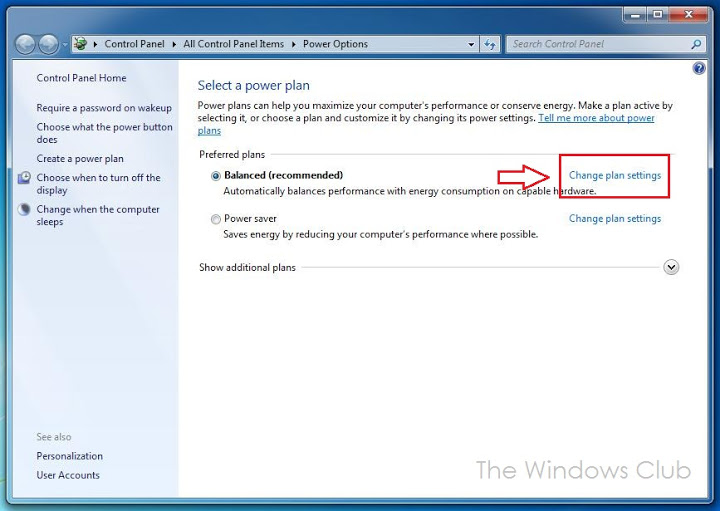

Many of the individual Control Panel applets can be accessed in other ways. In Windows Vista and Windows 7, additional layers of navigation were introduced, and the Control Panel window itself became the main interface for editing settings, as opposed to launching separate dialogs. Users can switch between this Category View and the grid-based Classic View through an option that appears on either the left side or top of the window. In Windows XP, the Control Panel home screen was changed to present a categorized navigation structure reminiscent of navigating a web page. For example, the Add or Remove Programs applet is stored under the name appwiz.cpl in the SYSTEM32 folder. the folder does not physically exist, but only contains shortcuts to various applets such as Add or Remove Programs and Internet Options. Beginning with Windows 95, the Control Panel is implemented as a special folder, i.e. The Control Panel has been part of Microsoft Windows since Windows 1.0, with each successive version introducing new applets. Additional applets are provided by third parties, such as audio and video drivers, VPN tools, input devices, and networking tools. It consists of a set of applets that include adding or removing hardware and software, controlling user accounts, changing accessibility options, and accessing networking settings. The Control Panel is a component of Microsoft Windows that provides the ability to view and change system settings.


 0 kommentar(er)
0 kommentar(er)
